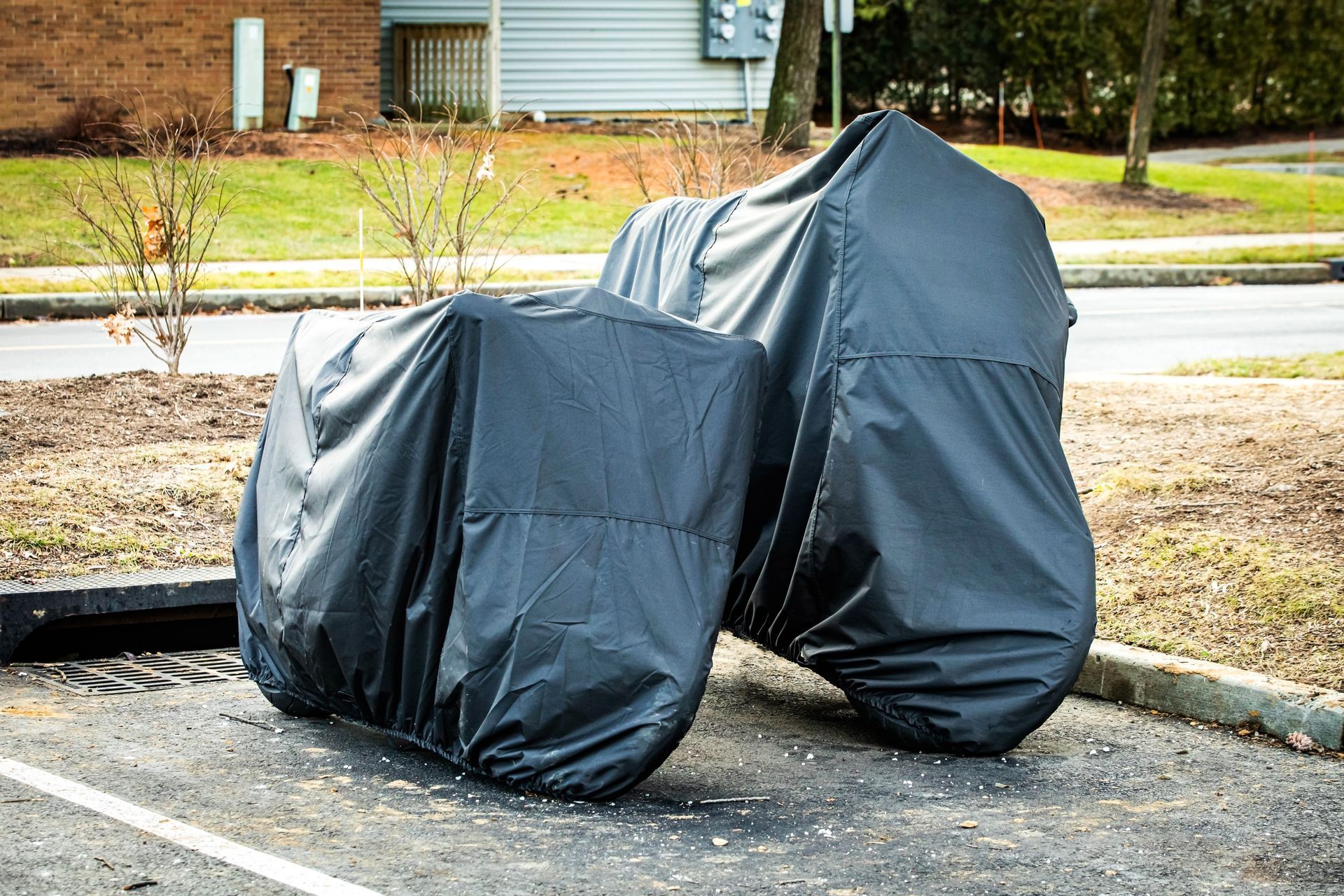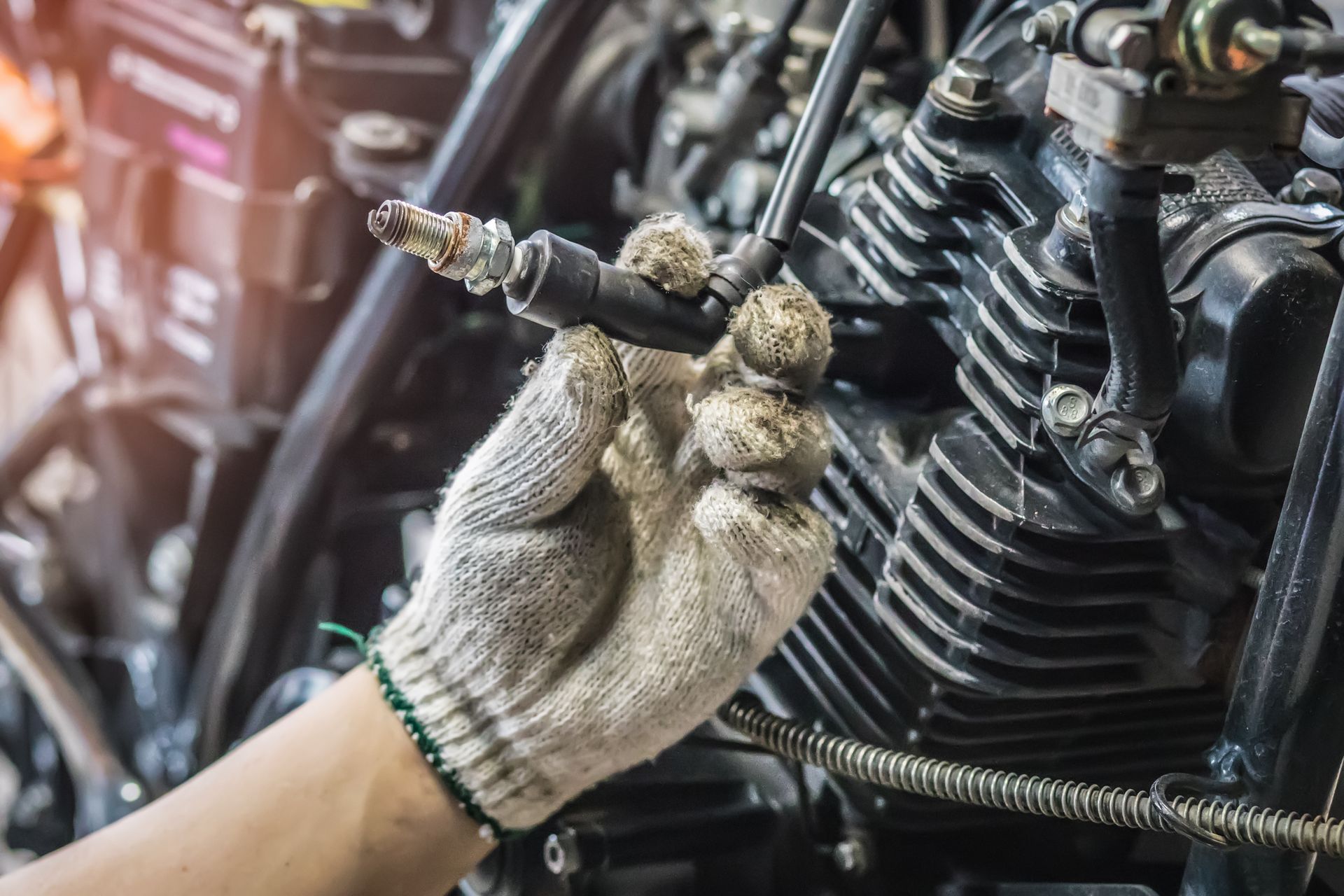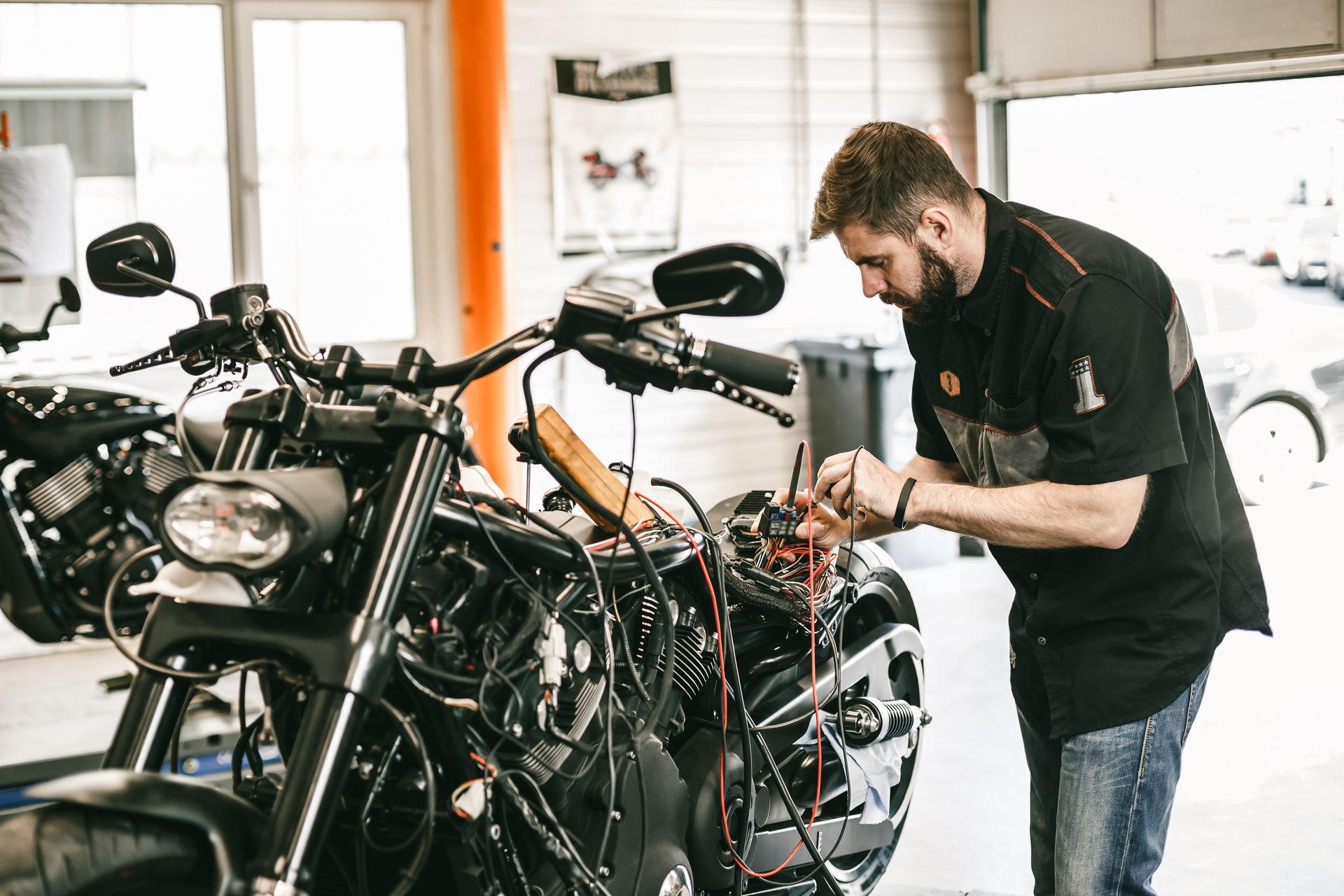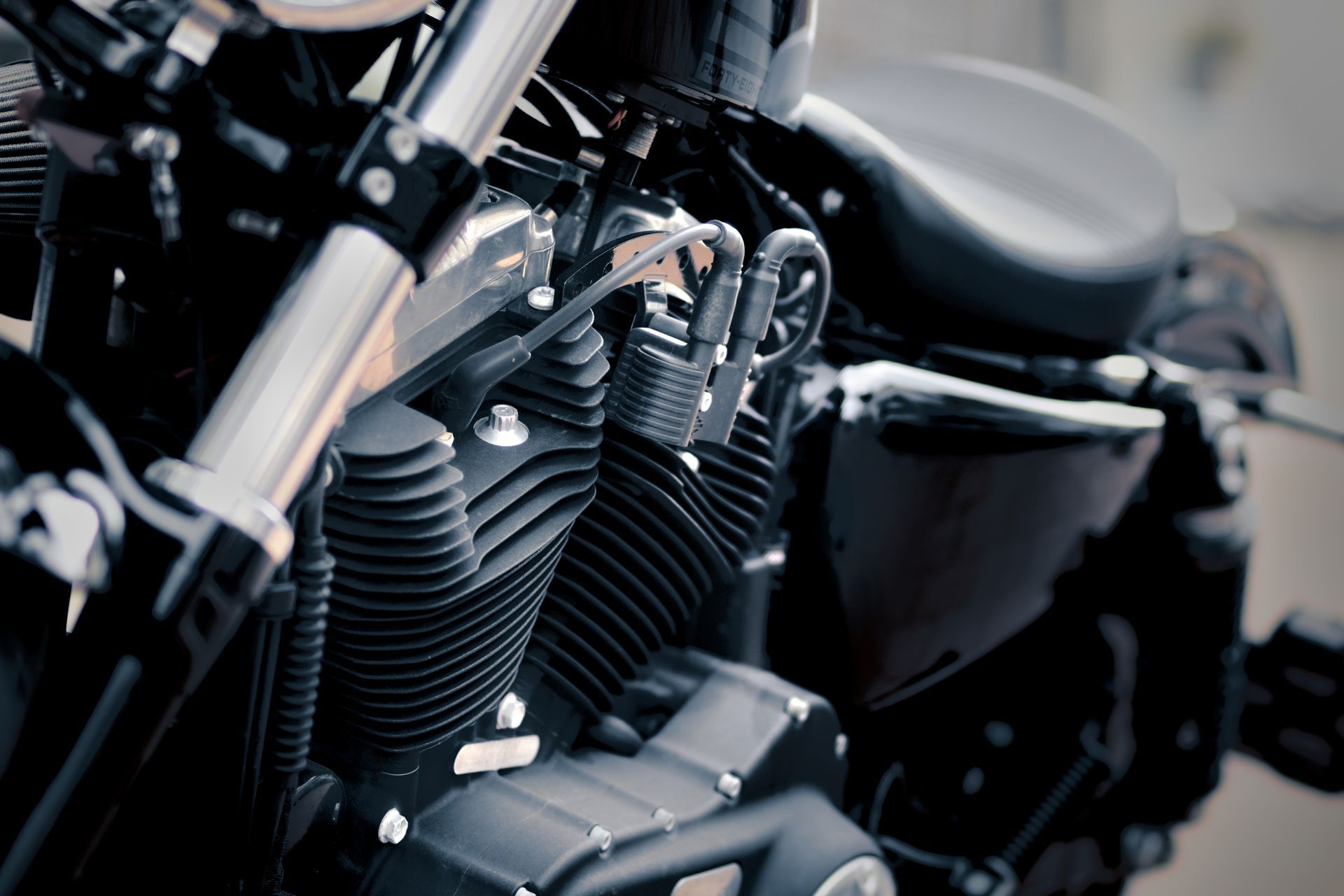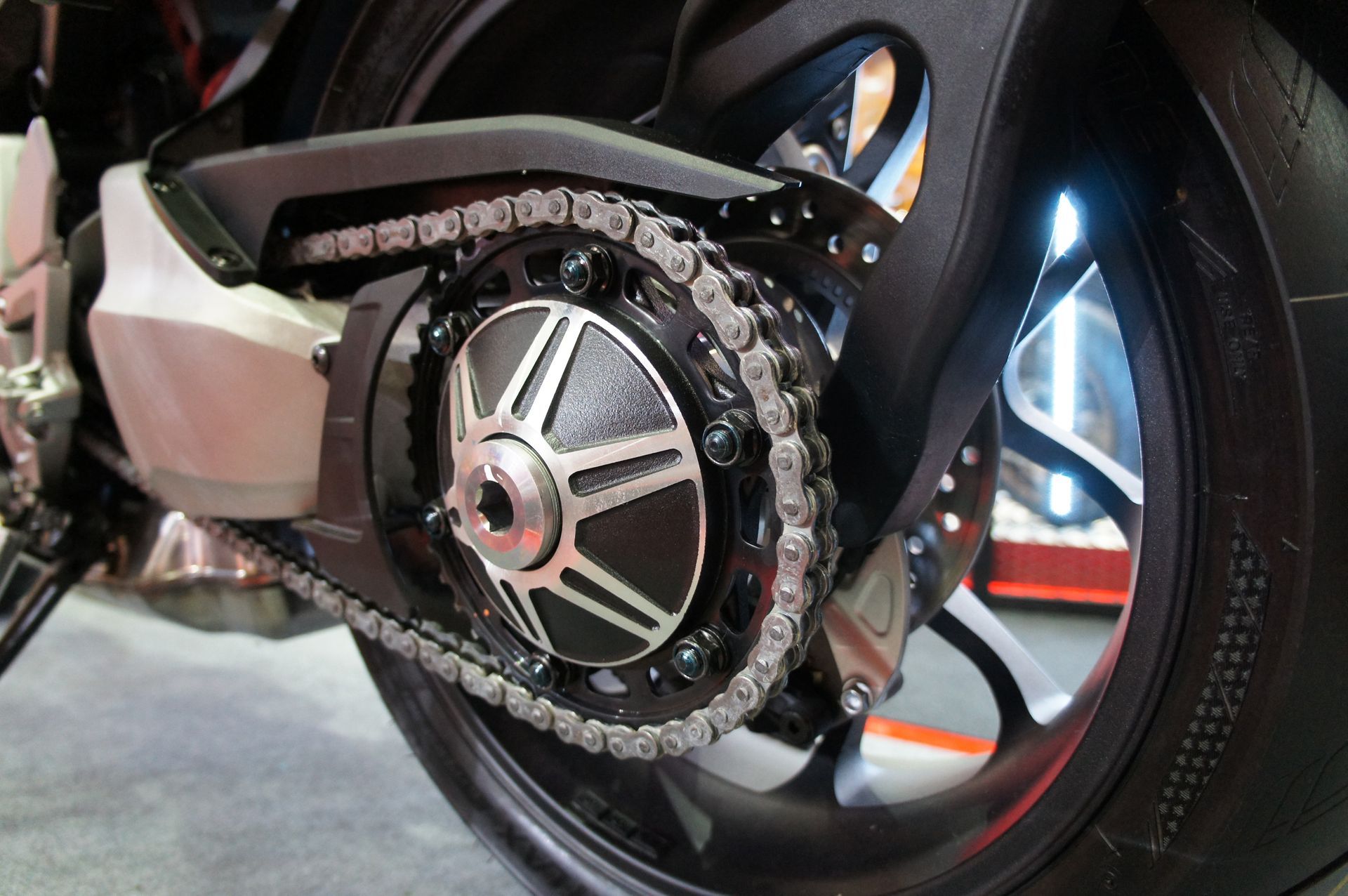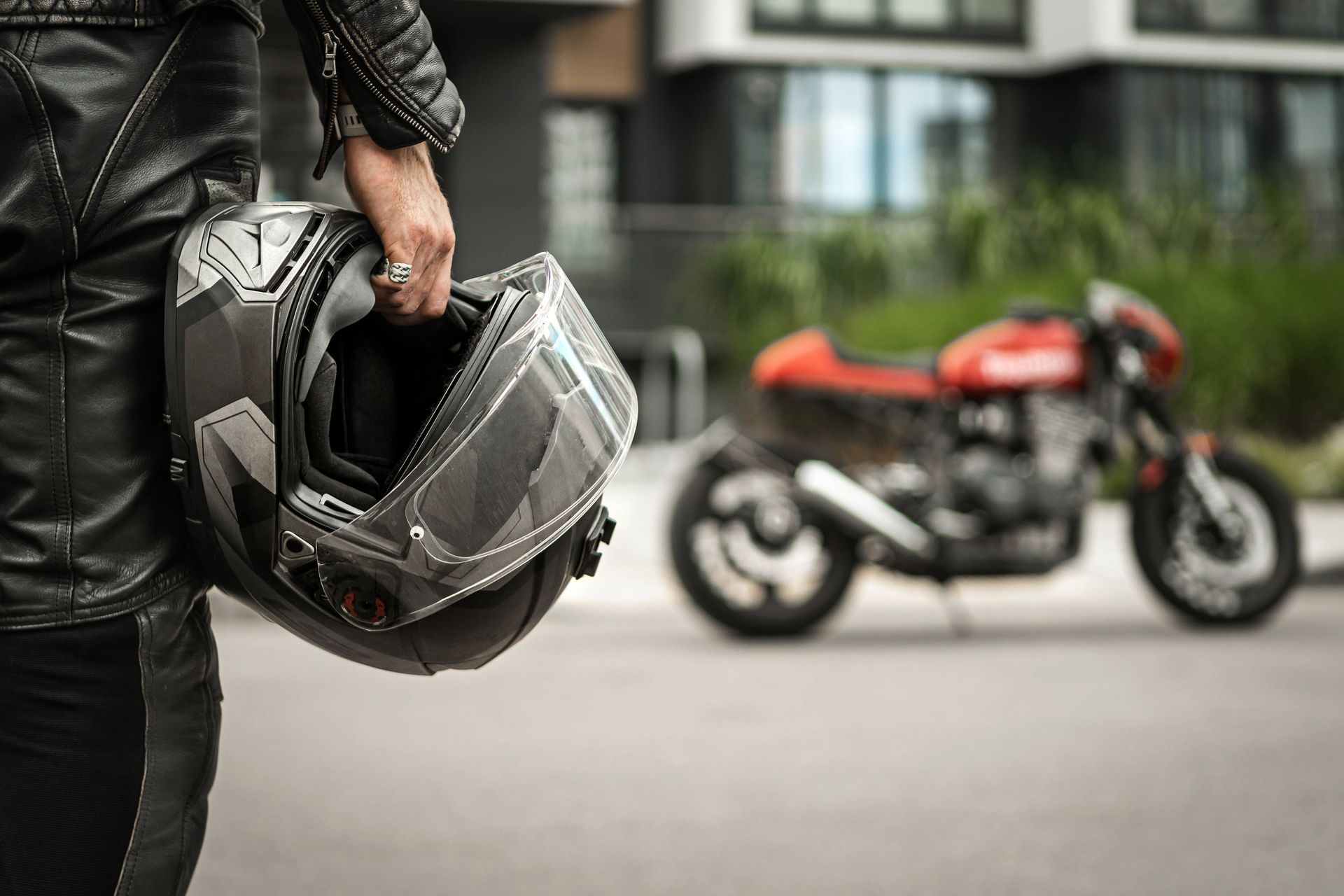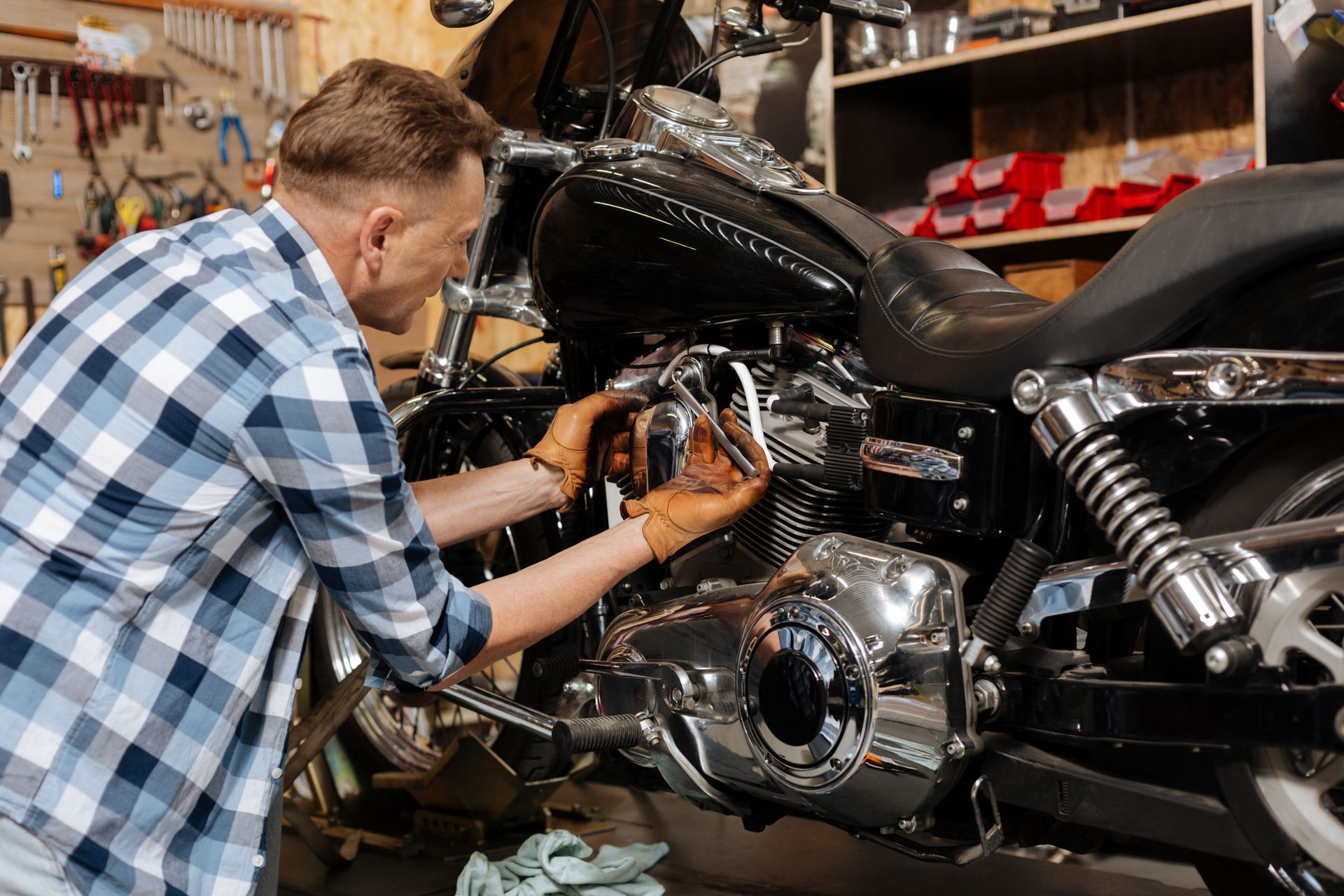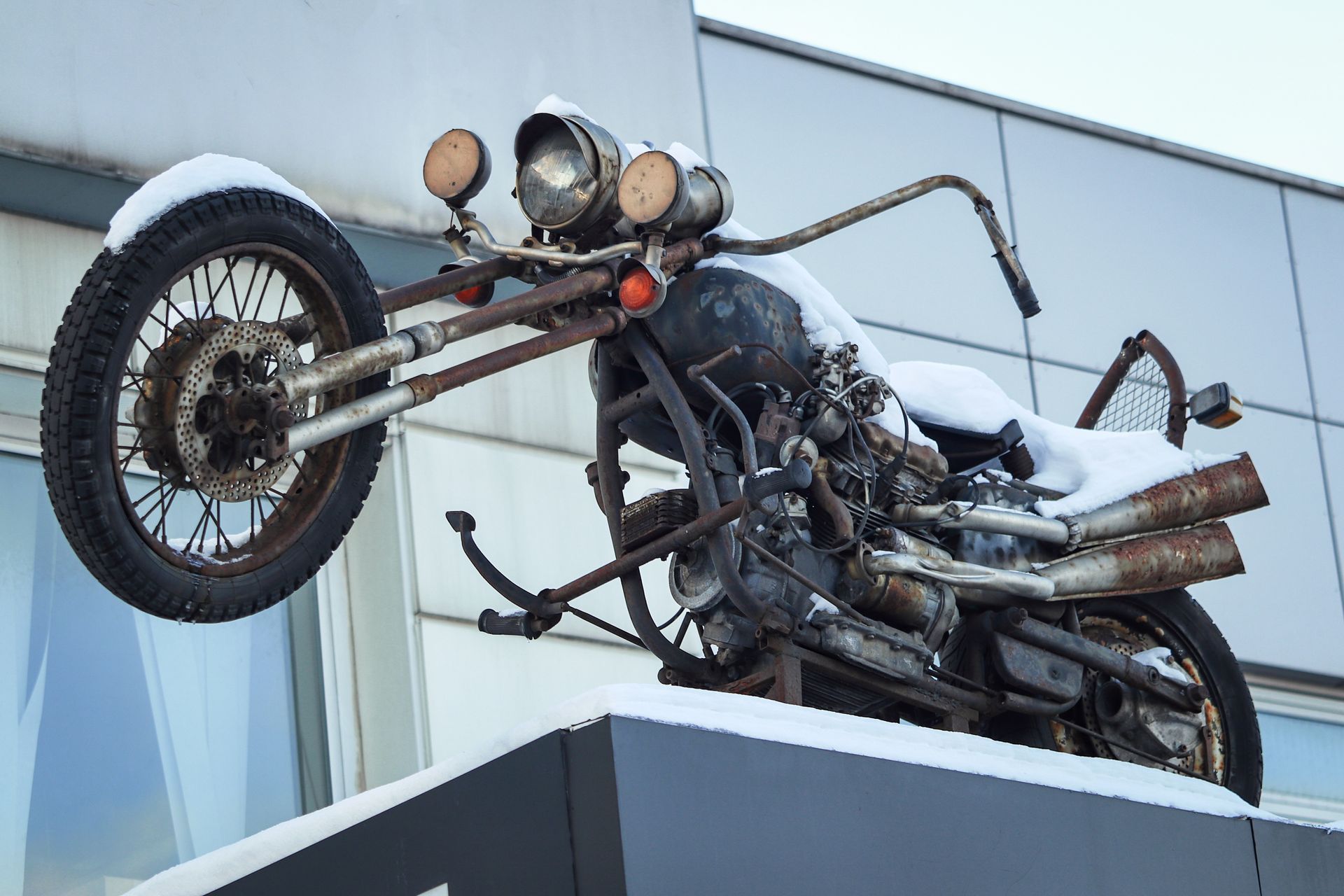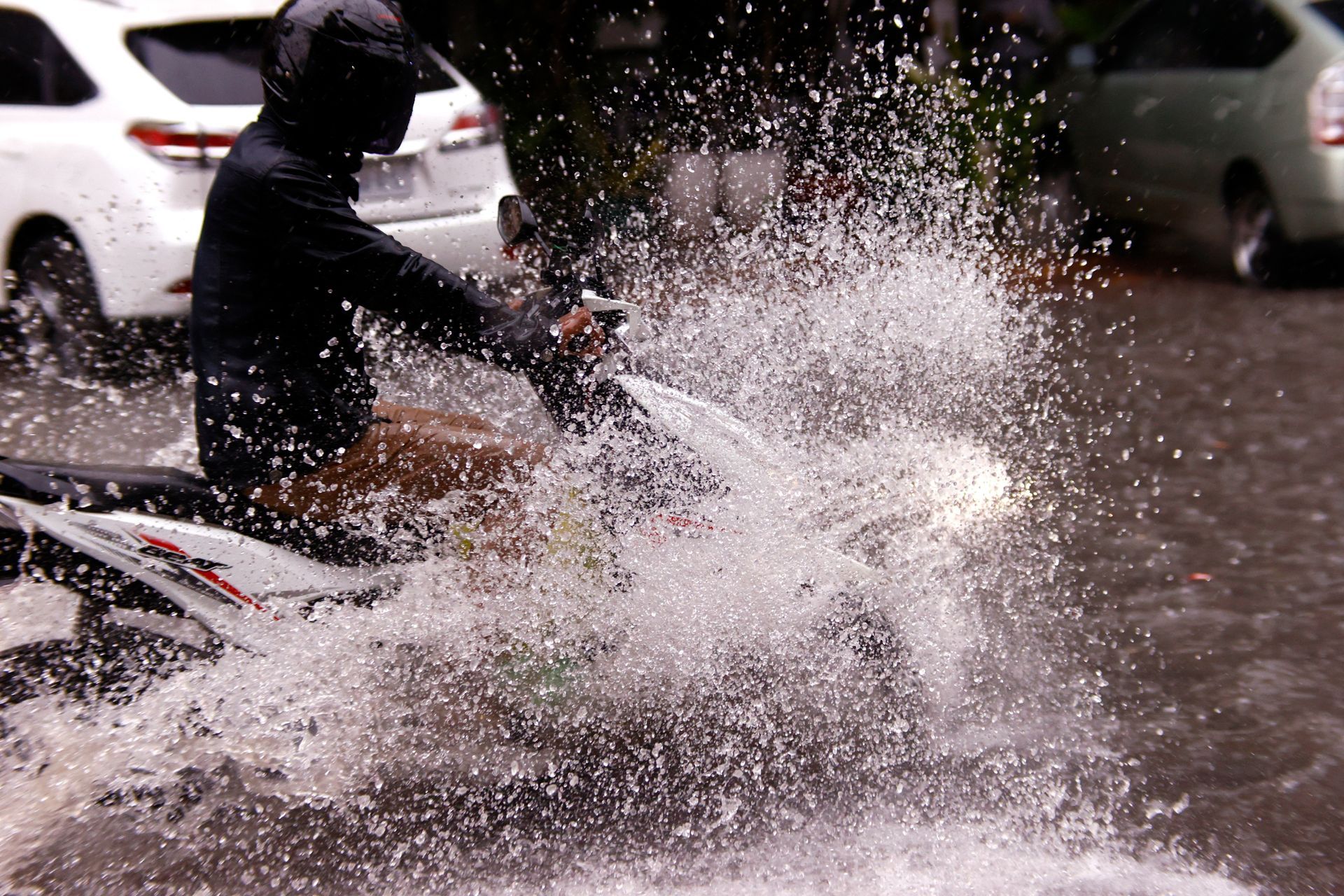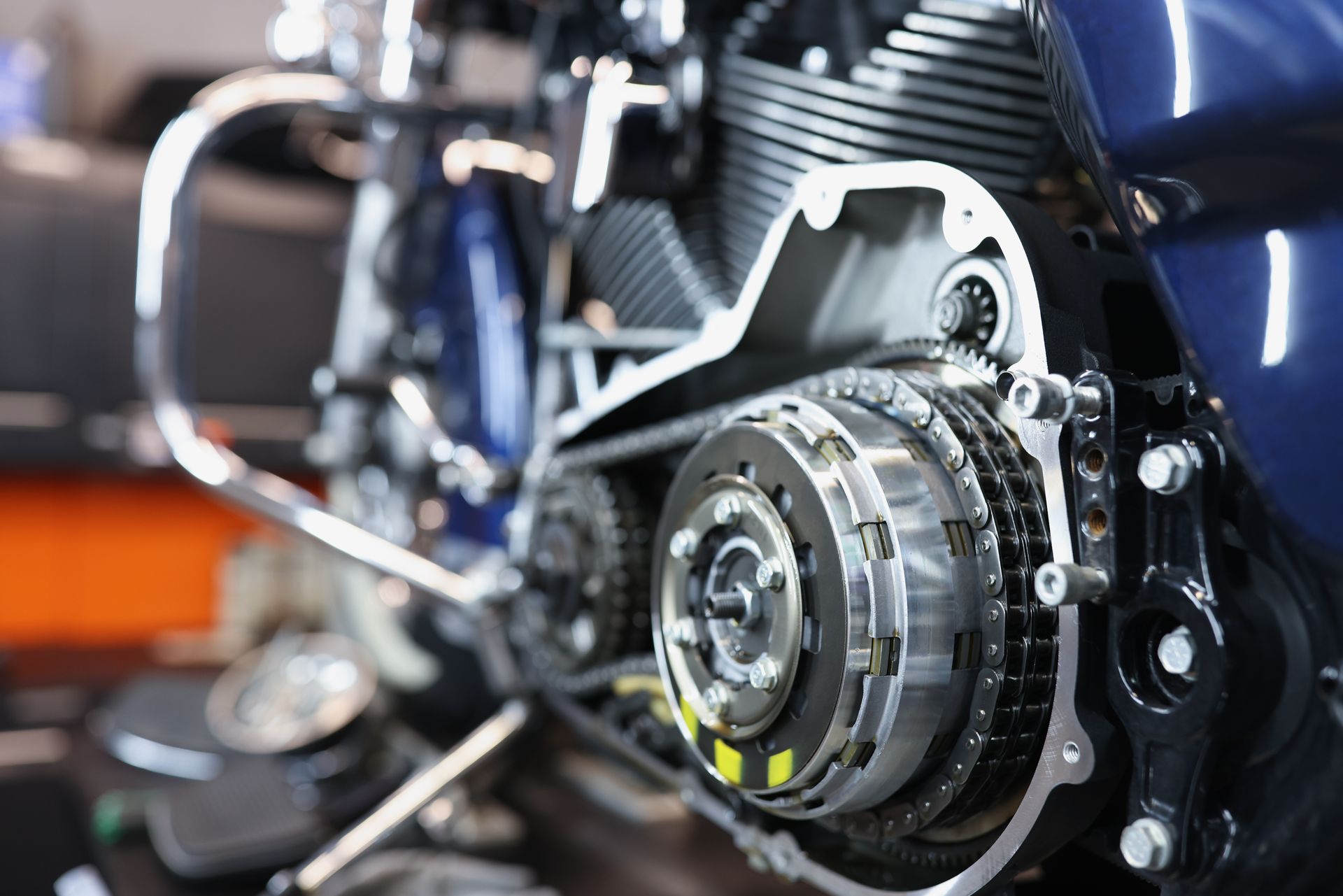Overheating can occur on any motorcycle, regardless of whether you ride it daily or just take it out for weekend trips. High temperatures not only make riding uncomfortable, but they can also cause serious damage to your engine if ignored. Knowing why your bike is running hot and how to handle it can help you avoid costly repairs and stay safe on the road.
Why Overheating Occurs
Motorcycles are designed to handle heat, but there’s a limit. When your engine runs too hot, it’s often because heat is building faster than it can be dispersed. This can happen due to low coolant levels, a clogged radiator, poor airflow, or even riding conditions that push your bike beyond its normal limits.
Common Signs Your Motorcycle Is Overheating
You might notice several indicators before the problem becomes severe:
- A temperature warning light on the dash
- Steam coming from the radiator area
- A strong smell of hot metal or coolant
- Reduced engine performance or stalling
Paying attention to these early warning signs gives you a better chance of preventing serious damage.
Check Coolant Levels First
One of the easiest checks you can do is to look at your coolant level. Low coolant means there’s less liquid to absorb and carry heat away from the engine. Topping it off can sometimes resolve the issue, but you should also check for leaks or damage in the cooling system.
Inspect the Radiator and Fan
A clogged or dirty radiator can block airflow, making it harder for heat to escape. Dirt, bugs, and debris can accumulate on the fins, so gently cleaning them with water or compressed air helps maintain efficiency. If your bike has a cooling fan, ensure it activates when needed.
Watch Your Riding Conditions
Stop-and-go traffic, hot weather, and heavy loads can all increase engine temperature. Air-cooled motorcycles, in particular, rely on constant airflow to stay cool. If you’re stuck in traffic on a hot day, you might need to pull over, shut off the engine, and let it cool down.
Keep Oil Fresh and at the Right Level
Motor oil not only lubricates moving parts, but it also helps carry heat away from the engine. Old or low oil can increase friction, which raises operating temperatures. Following the manufacturer’s oil change schedule is key to preventing overheating.
Avoid Overloading Your Bike
Excess weight makes your engine work harder, which can raise temperatures. If you carry a passenger or load the bike with luggage, make sure it’s within the recommended limits for your motorcycle.
When to Pull Over Immediately
If your temperature gauge is in the red or you see steam, it’s time to stop riding. Continuing to push your bike when it’s already too hot risks blowing a head gasket, warping engine parts, or causing complete engine failure. Find a safe spot to stop, turn off the engine, and let it cool before doing any checks.
Regular Maintenance Prevents Overheating
Staying on top of your motorcycle’s maintenance schedule is the best way to avoid overheating problems. This includes flushing the coolant at recommended intervals, inspecting hoses and seals for leaks, and replacing the thermostat if it’s not working properly.
Stay Cool on Every Ride
At Prime Motorcycles in Melbourne, FL, our technicians can diagnose and repair any overheating issues, from simple coolant leaks to complex radiator problems. Whether you ride for commuting or recreation, we’ll help keep your motorcycle running at the right temperature so you can enjoy the road without worry.
Schedule a cooling system inspection today and ride with confidence.

